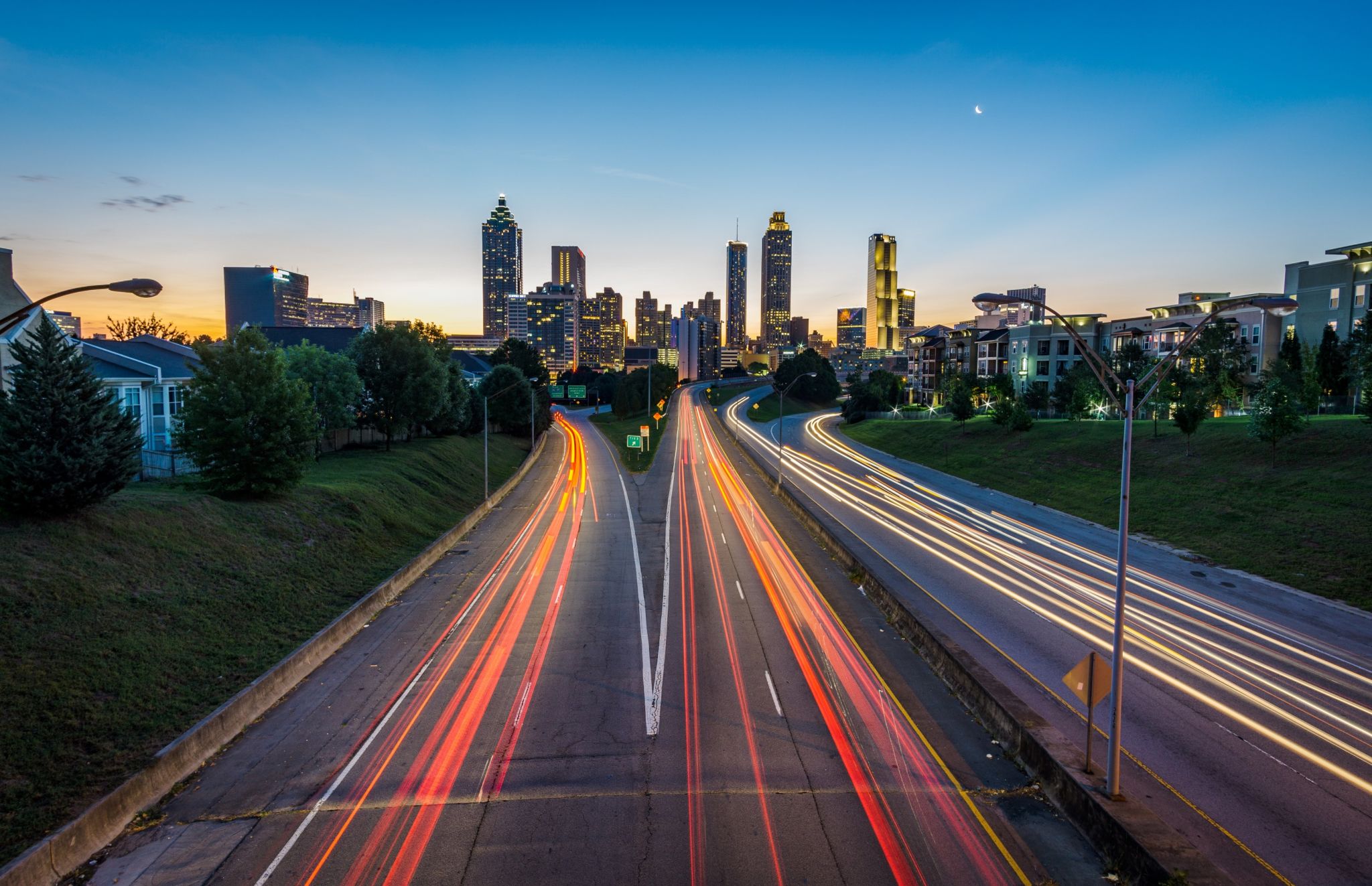Brisbane & surrounds traffic crash ‘hotspots’; where are they, and how do I avoid becoming involved in an accident?
Tragically, so far in 2017 we have seen 65 fatal crashes already (as at May 1st), resulting in a total of 68 fatalities in Queensland alone.
That statistic doesn’t even account for the huge number of traffic crash victims who have sustained a non-fatal injury in an accident.
Unfortunately, accidents can happen anywhere, at any time, and in any weather conditions, on any road.
There are, however, a number of roads and intersections in Brisbane which are known ‘hotspots’ for traffic crashes whether due to design, traffic congestion, or the condition of the road.
Data released to RACQ from the Department of Main Roads highlighted the five worst traffic crash ‘hotspots’ in Brisbane:
- Newnham Road & Wecker Road, Mt Gravatt East;
- Boundary Road & Mount Lindesay Arterial Road, Coopers Plains;
- Archerfield Road & Azalea Street, Inala;
- Mount Lindesay Arterial Road & Hellawell Road, Sunnybank Hills;
- Gympie Arterial Road & Webster Road, Aspley.
Additionally, data from RACQ outlined the ten worst crash ‘hotspots’ in Brisbane were:
- Gympie Road, Chermside;
- Mains Road, Sunnybank;
- Logan Road, Mt Gravatt East;
- Moggill Road, Indooroopilly;
- Ipswich Road, Annerley;
- Sandgate Road, Nundah;
- Stafford Road, Stafford;
- Gympie Road, Aspley;
- Milton Road, Milton;
- Hamilton Road, Chermside.
As you can see, there are a number of roads that feature in both sets of data as being some of the worst crash ‘hotspots’ in Brisbane. Further to this, most of those roads are major arterial roads utilised by thousands of motorists each day.
Should you avoid these roads altogether?
Rather than boycotting these traffic crash ‘hotspots’, you can reduce your risk of becoming involved in an accident by making an effort to be a safer driver – for you, your passengers, your family, and those around you.
Accidents hurt — safety doesn’t.
While safe driving is often a common sense approach, here are a few (hopefully helpful) safety tips:
- Don’t weave: while congested traffic (typical on these roads) is frustrating, especially when you’re running to a timeframe, it’s worth slowing down and not jumping in and out of lanes – when mixed with other frustrated drivers doing the same thing, this is a recipe for disaster;
- Maintain a ‘buffer zone’: instead of sitting right behind the car in front of you, try leaving a sizeable gap between you and the car in front of you. This allows you more time to react should something go wrong, and means that you aren’t riding your brakes or braking suddenly;
- Watch the drivers around you: unfortunately, 2017 data from Transport and Main Roads shows that over 63% of fatalities on Queensland roads are resulted from drivers/riders who disobey road rules. This means you should keep an eye on the drivers around and try (when possible) to anticipate their actions.
While we can’t always avoid an accident – and we certainly can’t control the actions of the drivers around us – we can all do our bit to try and drive smarter and safer so that we can make it to our destination without worry.
For tips on road safety and longer road trips, check out this article which discusses some top tips for road trips!
What are the other factors that contribute to traffic accidents?
In addition to road infrastructure, conditions, and congestion (which are the factors that lead to ‘hotspots’), other major contributing factors include:
- Distraction and loss of concentration;
- Carelessness;
- Weather (rain, storms);
- Impatience;
- Speeding;
- Fatigue;
- Alcohol and drugs;
- Driver experience / inexperience.
The most recent Road Crash Report prepared by the Department of Transport and Main Roads reveals that some of the major characteristics of the Queensland Road Toll during 2015 were:-
- Alcohol/drug related crashes – 98 fatalities (or 40.3%);
- Involving speeding drivers and riders – 62 fatalities (or 25.5%);
- Involving young adult drivers or riders (aged 16 to 24 years) – 53 fatalities (or 21.8%).
While these statistics can be alarming, there are steps you can take to ensure your safety and the safety of those in your vehicle – even while traversing these ‘hotspots’.
Our hope is that through greater awareness of these problem areas, we will see a reduction in traffic injuries and fatalities, with people arriving safely at their destinations, every time.
If you have been a victim of a traffic accident you may be able to bring a claim against the driver at fault for losses caused by the accident. Find out more about these types of claims here.














